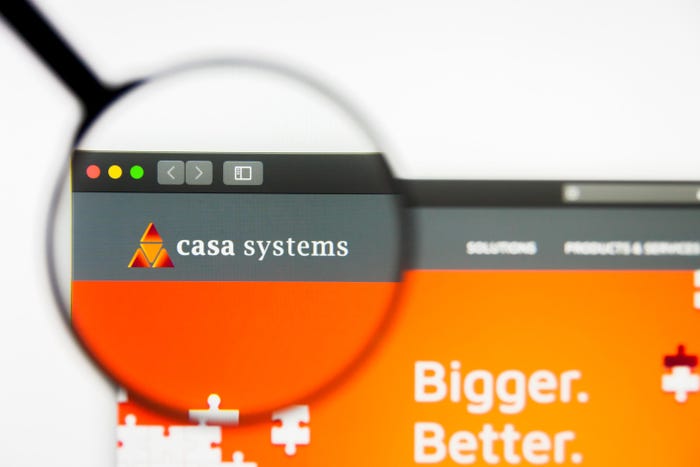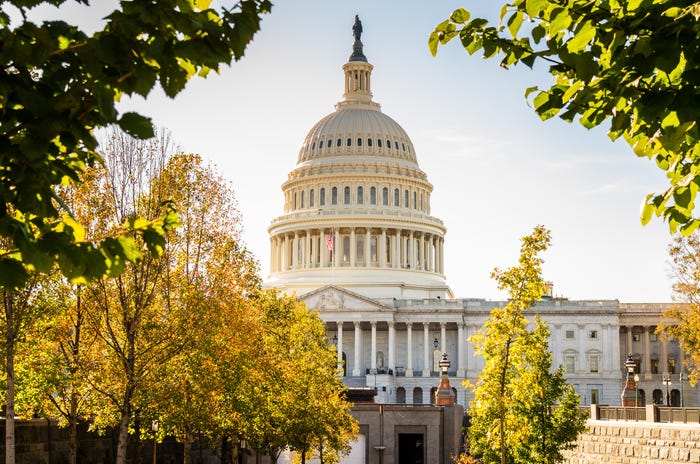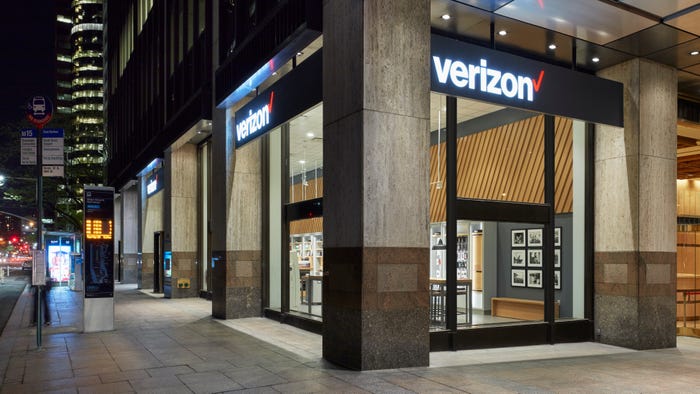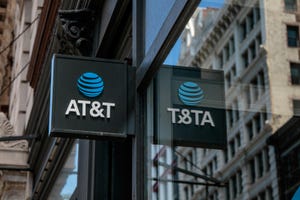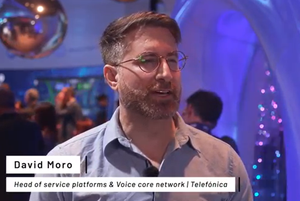The Biden Administration is kicking off the next phase in their Investing in America tour.
Broadband
Sparklight, Cebridge RDOF locations in Louisiana back on BEAD mapSparklight, Cebridge RDOF locations in Louisiana back on BEAD map
Cable One's Sparklight and Altice's Cebridge will default on RDOF commitments in Louisiana. Those locations are 'now eligible for other funding programs' and the 'carriers will be subject to penalties,' said the FCC.
Subscribe and receive the latest news from the industry.
Join 62,000+ members. Yes it's completely free.

